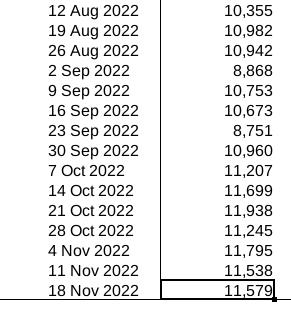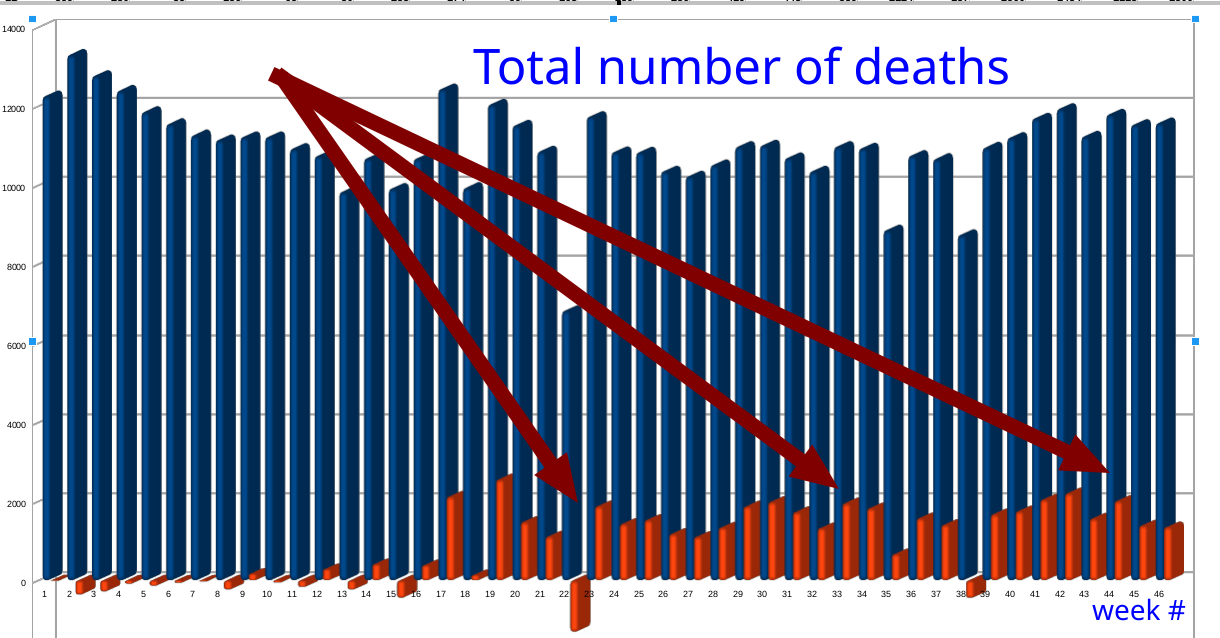I feel let down and apologise if I have misled anyone
https://www.thelancet.com/journals/lancet/article/PIIS0140-6736(20)30418-9/fulltext
We are public health scientists who have closely followed the emergence of 2019 novel coronavirus disease (COVID-19)
and are deeply concerned about its impact on global health and wellbeing.
We stand together to strongly condemn conspiracy theories suggesting that COVID-19 does not have a natural origin.
https://www.nature.com/articles/S41591-020-0820-9
Our analyses clearly show that SARS-CoV-2 is not a laboratory construct or a purposefully manipulated virus.
Conclusion
Obtaining related viral sequences from animal sources would be the most definitive way of revealing viral origins.
(Fully formed or evolutionary intermediate)
UK experts helped shut down Covid lab leak theory
- weeks after being told it might be true
Sir Patrick Vallance among scientists behind paper that stifled debate into the origins of the virus
https://www.telegraph.co.uk/news/2022/11/23/uk-experts-helped-shut-covid-lab-leak-theory-weeks-told-might/
https://www.youtube.com/watch?v=lpZz9rCz3Co
Top scientists including Sir Patrick Vallance,
Were warned that virus could have evolved in lab animals
Collaborated in above paper
Debate therefore stifled
To date
Proximal origins paper
Accessed more than 5.7 million times and cited in 2,627 subsequent papers.
Emails from early 2020
FoI request, James Tobias, freelance journalist
Authors held lengthy discussions with experts, Sir Patrick and Sir Jeremy Farrar, head of the Wellcome Trust
Warned WIV had been carrying out research on bat-coronaviruses,
at worrying levels of biosecurity.
Research to alter Sars-like bat coronaviruses had been taking place for many years in Wuhan
(not mentioned in paper)
Sir Jeremy Farrar, (Wellcome)
Wuhan was like the “Wild West”.
Prof Kristian Andersen, Scripps Research Institute La Jolla, California (lead author)
had earlier told colleagues that features of the virus looked as if they’d been engineered in a lab.
(No mention of this was made in the paper)
Dr Jeremy Farrar, (Wellcome)
It is important that we understand how all pathogens emerge so that we can prevent future pandemics
as the efforts to gather evidence continue, it is important to stay open-minded
Serial passaging
Would cause the virus to contain o-glycans
The second notable feature of SARS-CoV-2 is a polybasic cleavage site (RRAR) at the junction of S1 and S2
Prof Ron Fouchier, Dutch virologist
(from another e mail chain)
It is good that this possibility was discussed in detail with a team of experts.
However, further debate about such accusations would unnecessarily distract top researchers from active duties,
and do unnecessary harm to science in general and science in China in particular
February 8th e mail Prof Edward Holmes
(one of the authors)
Ever since this outbreak started there have been suggestions that the virus escaped from the Wuhan lab,
if only because of the coincidence of where the outbreak occurred and the location of the lab.
I do a lot of work in China and I can tell you a lot of people there believe this and believe they are being lied to
Prof Kristian Andersen, February 8th
(Lead author)
Passage of Sars-live coronaviruses have been going on for several years and more specifically in Wuhan under BSL-2 conditions
BSL-2 laboratories are used to study moderate-risk infectious agents or toxins such as salmonella.
Serious diseases should be handled in BSL-3 or 4 labs.
Wuhan Institute of Virology (WIV)
Importing bat coronaviruses from areas of China which hold the closest viruses to Covid-19
Had also applied for funding to manipulate viruses by inserting a furin cleavage site (FCS)
The email chain
Involved Anthony Fauci, the director of the National Institute of Allergy and Infectious Diseases (NIAID),
an organisation which was funding research at the Wuhan lab.
Senate report on viral origins
the emergence of SARS-CoV-2 that resulted in the COVID-19 pandemic was most likely the result of a research-related incident
https://www.help.senate.gov/imo/media/doc/report_an_analysis_of_the_origins_of_covid-19_102722.pdf
https://asiatimes.com/2022/10/new-evidence-firmly-revives-wuhan-lab-origin-theory/
https://www.researchgate.net/publication/364599030_Endonuclease_fingerprint_indicates_a_synthetic_origin_of_SARS-CoV-2
Dec. 20, 2019 to Jan. 18, 2020
Searches for flu-like symptoms
Differs from Previous Natural Zoonotic Spill overs
Severe Acute Respiratory Syndrome (SARS)
Middle East Respiratory Syndrome (MERS)
Lack of intermediate bats to humans
Influenza
H7N9 (2019) multiple independent introductions across multiple locations
Geographically disparate, independent spill overs of H7N9






 Filed under:
Filed under: 



